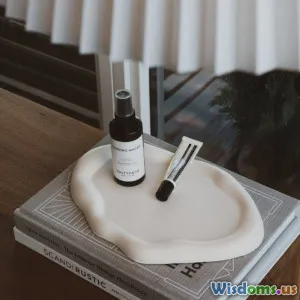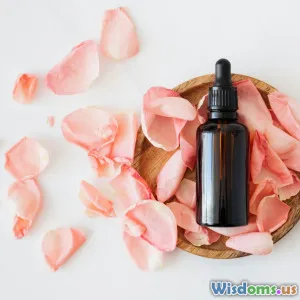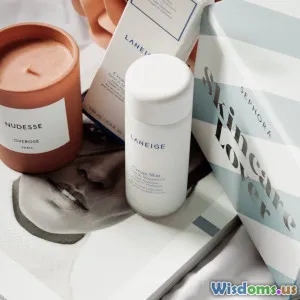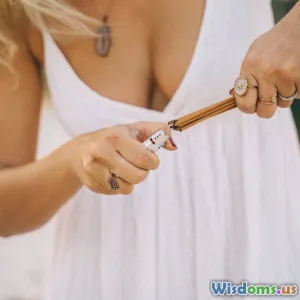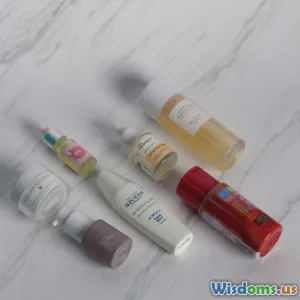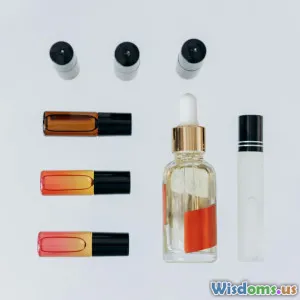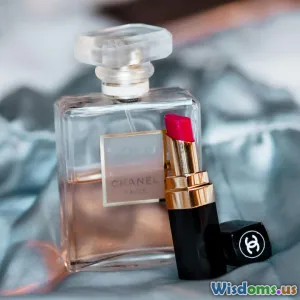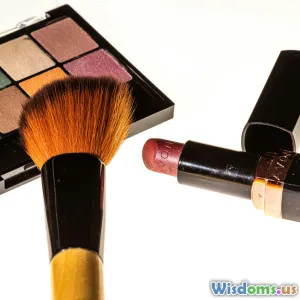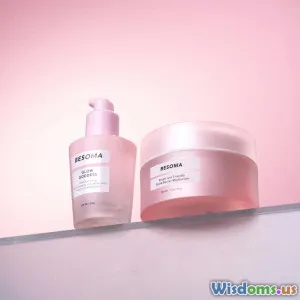
Can Layering Products Improve Aging Skin Results
15 min read Discover if layering skincare products boosts anti-aging results, including effective strategies and potential pitfalls for mature skin. (0 Reviews)
Can Layering Products Improve Aging Skin Results?
By all appearances, modern skincare is becoming an intricate science. Counter shelves gleam with serums, essences, oils, gels, and creams in endless combination—and dermatologists reassure us that, done correctly, layering these products isn’t just marketing noise, but can meaningfully boost the effectiveness of an anti-aging regimen. But what is the evidence that strategic layering actually transforms aging skin, as opposed to merely emptying wallets?
This in-depth guide explores how product layering works, the science behind it, actionable routines, and advanced tips to help you get the maximum benefit—no matter your age or skin type.
The Science Behind Product Layering

Far more than a social media fad, the concept of skincare layering is fundamentally based on physics and dermatological research. Skin is engineered to keep things out, with the stratum corneum (the topmost layer) acting as a formidable barrier. Most anti-aging actives—retinoids, vitamin C, peptides—must penetrate this barrier to deliver reversal or prevention of visible aging (think fine lines, dullness, sagging).
Layering leverages several key principles:
- Molecular Size Matters: Very small molecules (like vitamin C or retinol) penetrate better when applied early, before heavier occlusive creams that might block them.
- pH Sensitivity: Certain actives need a specific pH range to stay effective. For instance, L-ascorbic acid (a form of vitamin C) must be in an acidic environment for maximum performance, so layering in the wrong order can neutralize its efficacy.
- Compatibility: Some products work synergistically (e.g., niacinamide and hyaluronic acid) while others can irritate or counteract each other (such as retinol and strong acids).
A 2018 study in the Journal of Cosmetic Dermatology illustrated that sequential application of retinol after a hydrating serum led to less irritation and greater improvement in fine lines compared to retinol alone. This approach, sometimes called “buffering,” allows sensitive users to gradually incorporate powerful ingredients.
How to Layer Skincare Products for Maximum Anti-Aging Results

The general rule of thumb: apply products from thinnest to thickest consistency. Here’s a sample protocol for a comprehensive evening anti-aging routine:
- Cleanser: Begin with a gentle, non-stripping cleanser to remove dirt and oils. Cleansing prepares the skin to better absorb subsequent products.
- Toner or Essence: Often lightweight, these can hydrate or mildly exfoliate. Essences typically contain gentle actives or humectants like glycerin and can prime the skin for actives.
- Treatment Serums: Apply water-based serums first. Think vitamin C (morning) or peptides, alpha hydroxy acids (evening), followed by targeted treatments with thinner textures.
- Moisturizer: A hydrating cream or lotion prevents transepidermal water loss and seals in prior layers.
- Face Oil (optional): Dry skin types may consider this as a final sealant.
- Sunscreen (morning only): In the AM, always finish with broad-spectrum SPF 30+ to protect from UV-induced aging.
Real-world example:
- Lynn, age 53, layered a niacinamide serum beneath a retinaldehyde cream nightly. Within eight weeks, her skin displayed fewer dry patches and a visible softening of crow’s feet. She credits this to enhanced product absorption and less irritation compared to using retinoid alone.
Key Ingredients for Aging Skin and Their Compatibility
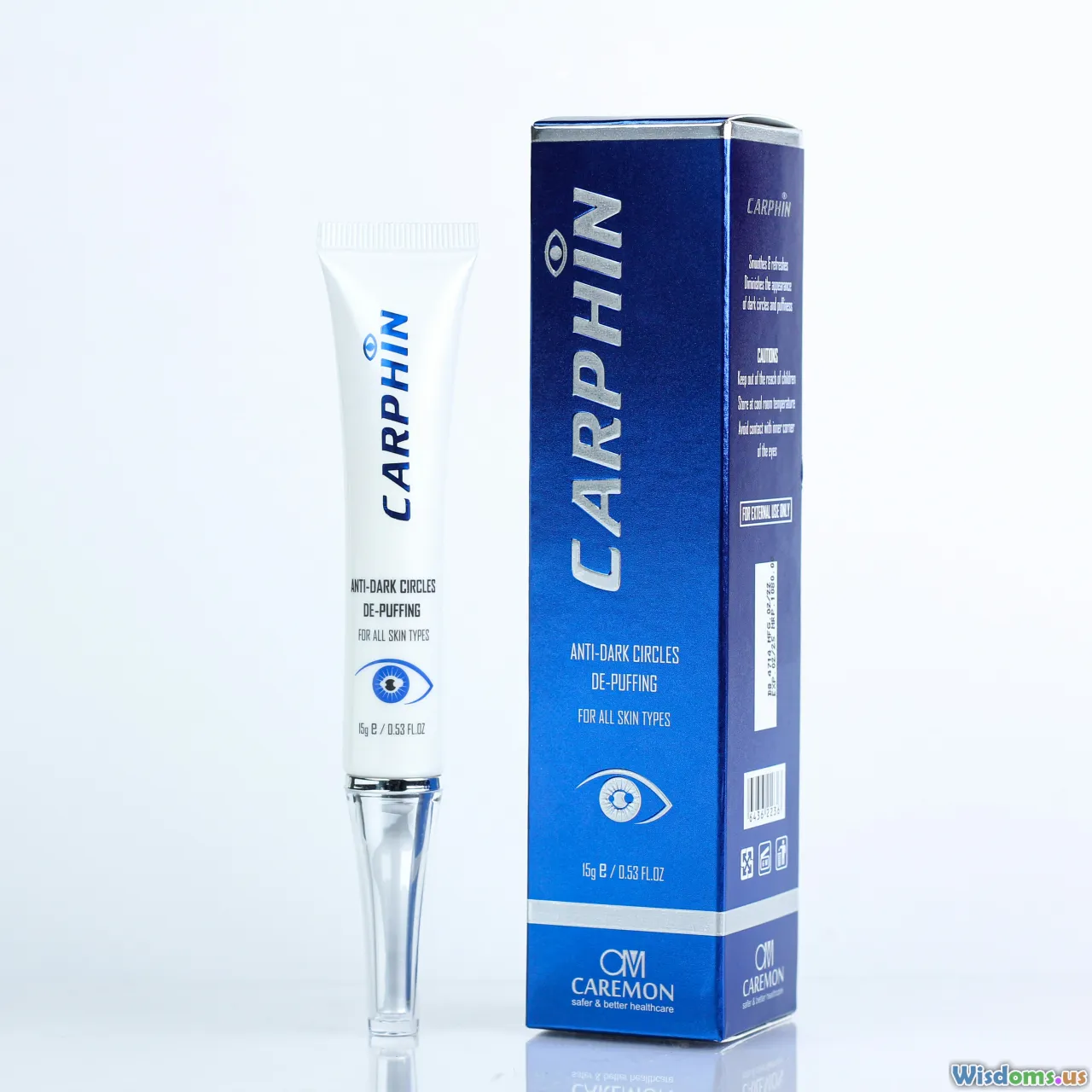
Layering is only powerful with the right ingredients, used in the right combinations. Here are some heavy hitters for aging skin:
Retinoids (Vitamin A Derivatives)
Forms: Retinol, tretinoin, retinaldehyde. Proven to boost collagen and even out pigment, but can be sensitizing.
- Best Layered With: Hydrating serums, soothing moisturizers.
- Avoid Combining: Strong acids or benzoyl peroxide in the same session, which can heighten irritation.
Vitamin C (Ascorbic Acid)
A potent antioxidant, vitamin C combats free radicals, brightens, and evens tone.
- Best Layered With: Ferulic acid, vitamin E, hydrating serums.
- Avoid Combining: Direct acids or niacinamide simultaneously if your skin is sensitive, as this could reduce effectiveness or cause irritation in some individuals. Recent research (2020, International Journal of Dermatology) suggests this is less of a concern than previously thought, but listen to your own skin.
Peptides
Small chains of amino acids that communicate firmness and repair signals.
- Best Layered With: Almost anything, including retinoids, hyaluronic acid, and ceramides. Peptides are rarely irritating and increase the overall tolerance of intensives.
Hyaluronic Acid & Glycerin
Humectants draw water into skin, boosting plumpness and softening.
- Best Layered With: All actives; a universally compatible hydrator.
Tip: If combining actives seems daunting, opt for premixed serums formulated for synergy—these minimize risk of unwanted reactions.
Skin Type Considerations and Customization
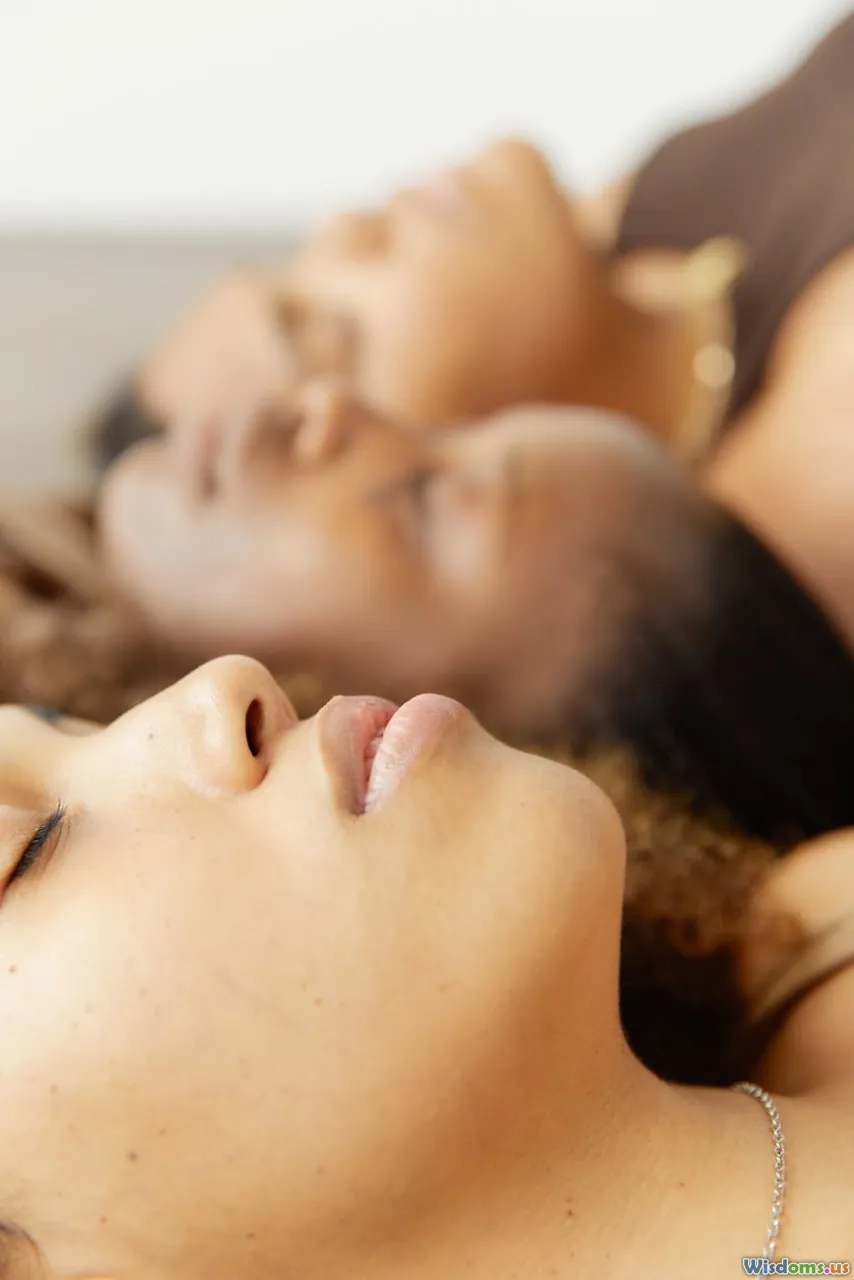
Aging is universal, but the way you layer should be unique to your skin type and concerns.
Dry or Sensitive Skin
- Focus On: Gentle layering and moisture retention. Cushion stronger actives (like retinoids or acids) with a hydrating serum and barrier-repairing moisturizer.
- Example Routine:
- Creamy cleanser > Hydrating toner > Hyaluronic acid serum > Retinol (start 2–3x/week) > Barrier cream
- Pro Tip: Buffer retinoids with moisturizer by applying it before and after the active; known as the “sandwich method.”
Oily or Acne-Prone Skin
- Focus On: Lightweight, non-comedogenic layers. Introduce BHAs or retinoids cautiously, followed by non-heavy gels.
- Example Routine:
- Foaming cleanser > BHA toner (evening, alternate nights) > Niacinamide serum > Gel moisturizer > Retinoid (as tolerated)
Combination Skin
- Strategy: Zone-treat. Apply richer creams to drier patches and lighter formulas to oily areas. Spot treat with actives on areas of concern.
Mature Skin with Pigmentation
- Ideal Layers: Brightening vitamin C serum in the AM, retinol at night, with a focus on daily SPF and gentle chemical exfoliants a few times a week.
How Long Should You Wait Between Product Layers?
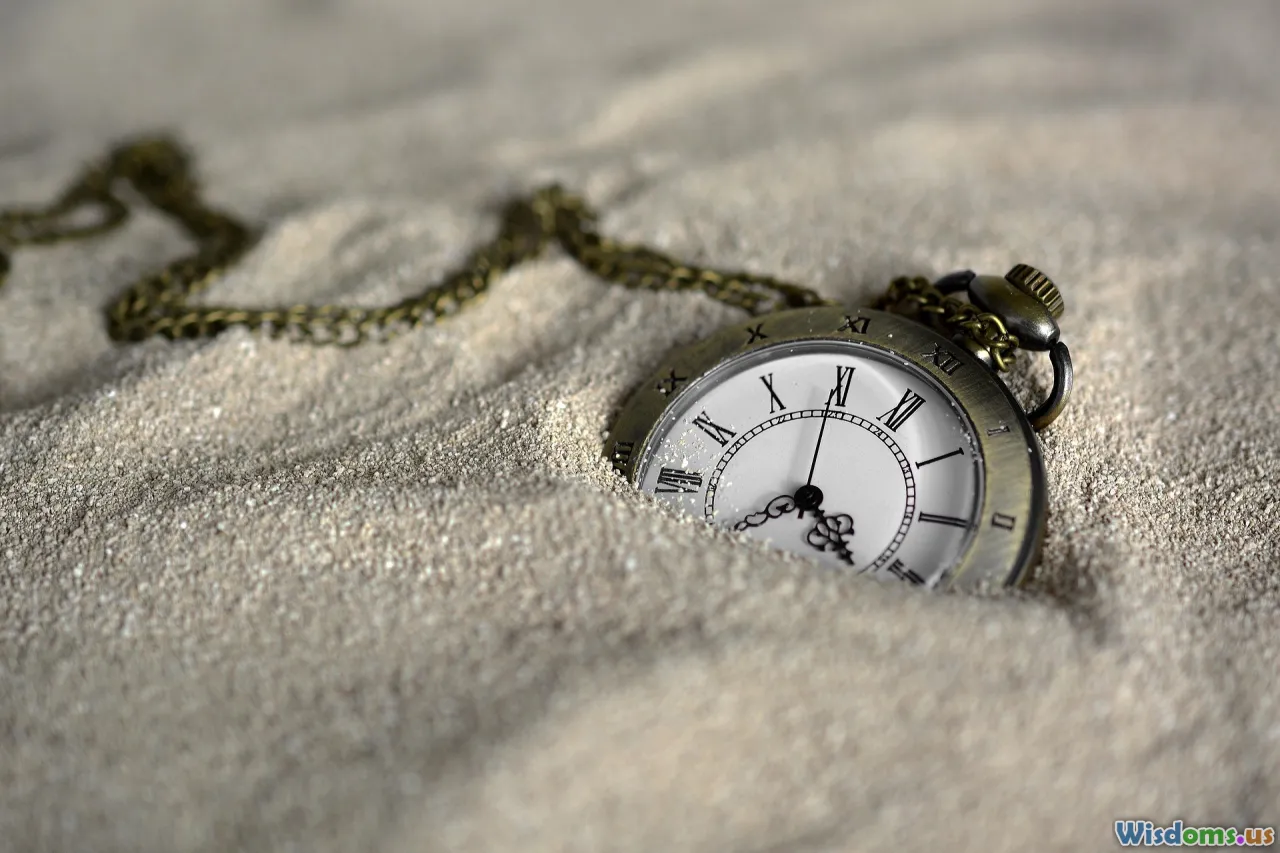
The timing of layers is sometimes a subject of confusion. While you don’t have to wait long, product absorption and layering effectiveness can hinge on a few key principles:
- Thin, fast-absorbing layers (serums, essences): Typically absorb within 30–90 seconds. Apply the next step once skin feels slightly tacky, not wet.
- Actives that drastically change pH (e.g., ascorbic acid): Give at least 3–5 minutes before topping with higher-pH creams to maximize efficacy, especially for vitamin C or acid exfoliants.
- Moisturizer and SPF: Wait about 1–2 minutes to allow serums beneath to absorb, aiding even sunscreen application in the morning.
A 2021 consumer survey (Women’s Health Skincare Study) found that 75% of respondents weren’t clear on how much to wait, leading to over-application or layering errors. Setting a timer once or twice teaches your routine; after a few repetitions, your sense for absorption time will improve.
Mistakes to Avoid When Layering Anti-Aging Skincare
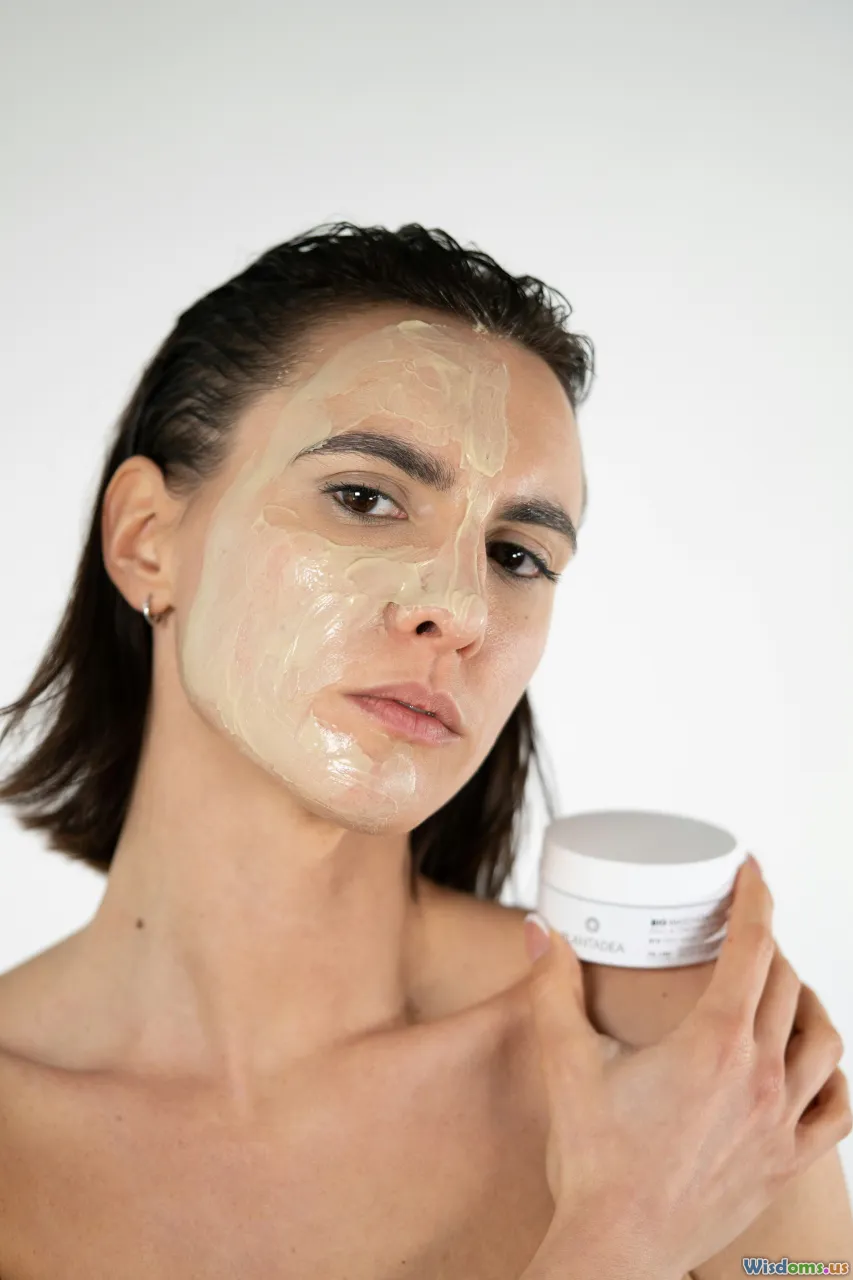
Layering yields results only when it’s done thoughtfully. Here are the most common missteps—and how to sidestep them:
- Over-application: Piling on too many actives can lead to irritation and inflammation. Aging skin is especially vulnerable to this, as its barrier is already weakened.
- Incompatible Products: Some ingredients deactivate or exacerbate each other’s side effects (e.g., vitamin C immediately followed by retinol; benzoyl peroxide with pure retinoids).
- Skipping Sunscreen: Even the best anti-aging actives can be sabotaged by UV exposure. Always finish with a broad-spectrum SPF during the day.
- Changing Everything at Once: Introducing one product at a time allows you to monitor results and tolerability—especially important for potent actives.
Actionable tip: Keep a brief skincare journal. Noting any reactions or improvements can help you refine layering order over time.
Advanced Layering: Incorporating Devices and Treatments
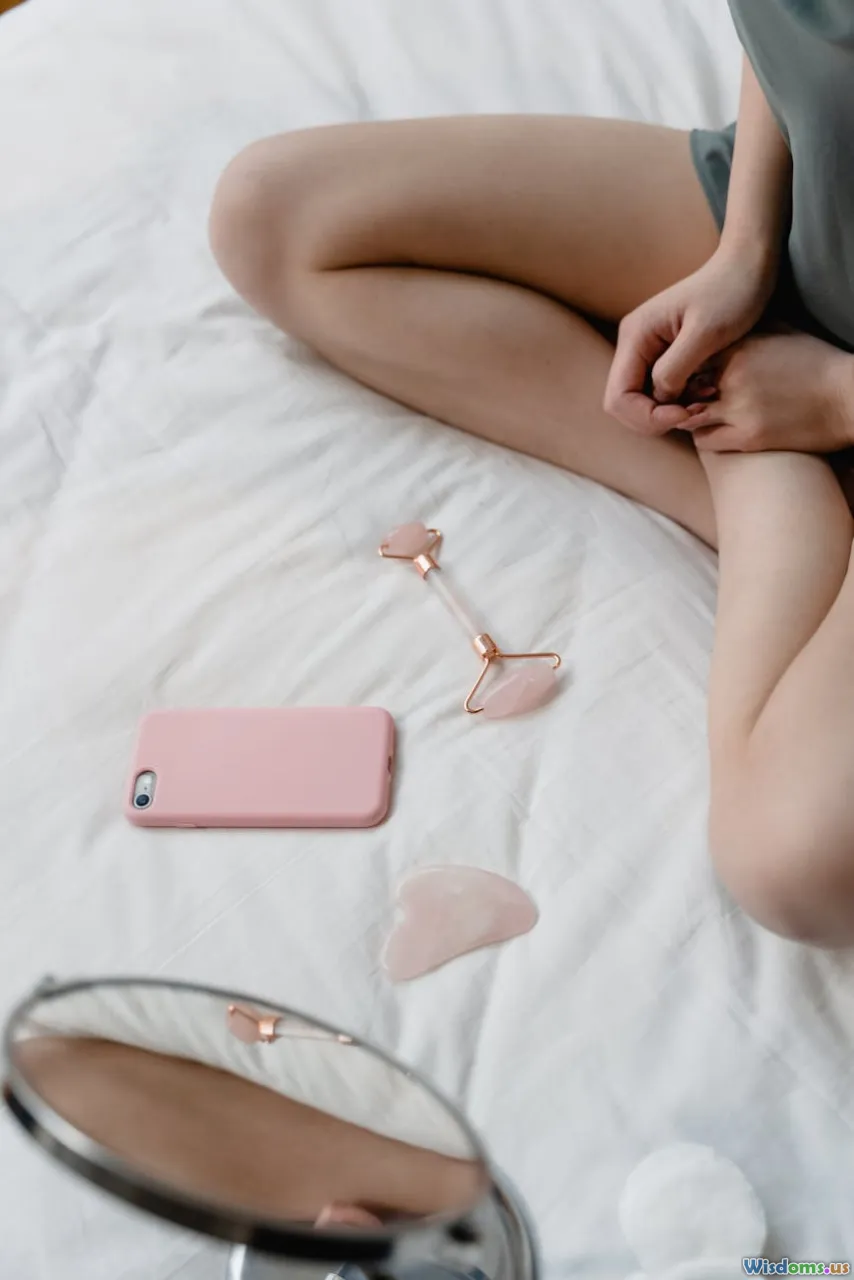
Layering isn’t limited to lotions and potions. Devices—from at-home LED masks to derma-rollers and microcurrent wands—are increasingly becoming part of anti-aging strategies. Thoughtful use can amplify the impact of topical products.
- LED Phototherapy Devices: These are proven to stimulate collagen (red light) and calm inflammation (blue light) when used pre-serum. Example: Apply serums rich in peptides or antioxidants after a red-light session for best absorption, as blood flow and cell permeability are temporarily increased.
- Microneedling: Rolling a microscopic needle array across the skin improves penetration of subsequent serums, particularly peptides or vitamin C. Clinical trials (Dermatologic Surgery, 2017) show noticeable improvement in wrinkles and hyperpigmentation versus serum alone.
- Microcurrent Devices: Used to tone facial muscles, these can prime the skin to better accept hydrating and collagen-stimulating ingredients applied immediately after.
Device-savvy tip: Always follow exact usage instructions. Combine treatment with scientifically supported serums, avoiding highly irritating actives immediately after puncture or stimulation.
Realistic Timelines: What to Expect From Consistent Layering

Effective anti-aging is a marathon, not a sprint. Layering can accelerate improvements, but results depend on the strength of actives, your skin’s baseline, and, above all, persistence.
- Hydration, plumpness (from humectants): Sometimes visible within days. Skin texture often looks dewier quickly.
- Fine line softening (from retinoids, peptides): Typically appears after 8–12 weeks of steady use. Collagen synthesis takes time.
- Pigmentation, clarity (from vitamin C, exfoliants): Noticeable changes after 10–16 weeks, accelerating when sunscreen is rigorously applied.
A long-term Harvard Medical School review (2022) noted that adults over 50 who maintained a consistent, well-layered regimen—including antioxidant and retinoid use—showed up to 20% improvement in brown spots and surface wrinkling in one year versus controls who merely cleansed and moisturized.
The Bottom Line: Tailoring Layering for Ageless Results

Thoughtful layering of ingredients and formulas does give aging skin a measurable edge. By respecting skin barrier needs, matching actives to your goals, and staying consistent, you can maximize the impact of cutting-edge skincare science while minimizing irritation or wasted effort. The key: Start with basics, listen to your skin, and gradually build a ritual suited to your age, goals, and lifestyle.
Modern skincare owes much of its innovation to this multilayered, customized philosophy—proving that, when approached with knowledge and patience, layering products is more than hype. It’s a sustainable path to skin that both looks and acts ageless for years to come.
Rate the Post
User Reviews
Popular Posts










